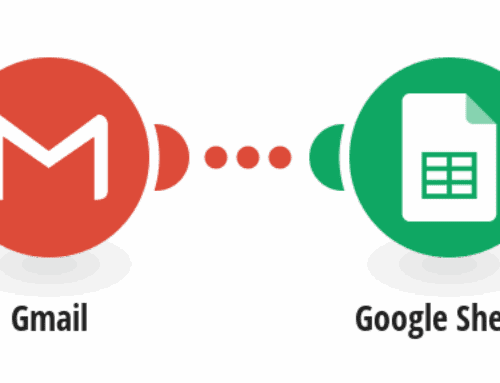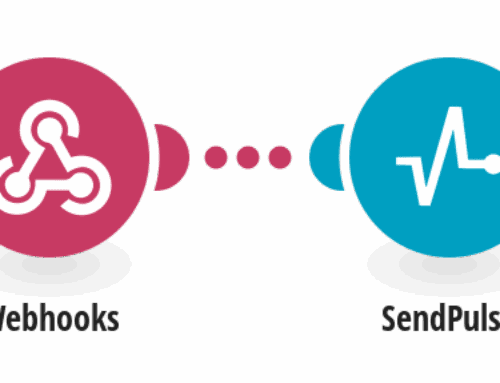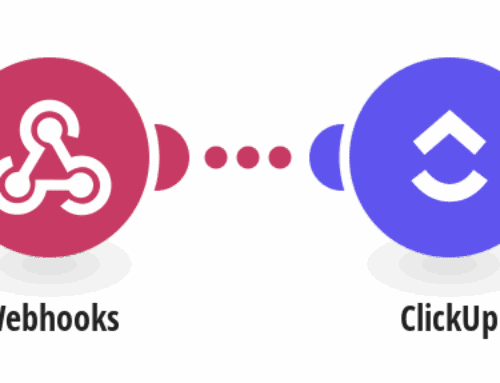“`html
Streamlining Your Business: Integrating Salesforce with QuickBooks
Introduction to Integration
Running a business smoothly often feels like spinning plates. With data scattered across different platforms, it can be tough to keep everything balanced and moving in the same direction. But what if you could integrate some of these systems for more efficiency? That’s where the magic happens! Integrating Salesforce with QuickBooks is like turning chaos into a symphony. In this article, we’ll explore why this integration is crucial and how it can benefit your business.
So, what does integrating Salesforce with QuickBooks mean? Essentially, it’s about ensuring that your sales processes (handled by Salesforce) and your financial operations (managed through QuickBooks) speak the same language. This connection not only saves time but also reduces errors, making your business operations smoother than ever. Let’s dive deeper into how this works and why it’s a game changer.
Benefits of Salesforce and QuickBooks Integration
Imagine having all your customer sales data automatically synchronized with your accounting records. Sounds blissful, right? This integration offers exactly that – seamless data transfer which means less time on manual entry and more time on growing your business. It helps in eliminating duplicated efforts, improving accuracy in reporting, and providing real-time insights into your financial situation. It’s like having a personal assistant who never sleeps!
Another big win from integrating these platforms is improved communication between departments. Sales, finance, and customer service teams can access the same updated information, creating an environment where everyone’s on the same page. This coordination enhances decision-making and customer satisfaction as queries and issues are handled more efficiently.
How to Set Up the Integration
The process of setting up integration might sound like a tech labyrinth, but it isn’t as daunting as it seems. First, you’ll need to ensure both Salesforce and QuickBooks are active. With tools like Make.com, integrating these platforms is straightforward. You simply need to link your accounts and set up workflows or templates that match your business needs.
Once the groundwork is laid out, you configure specific triggers. For example, every time a new customer account is created in Salesforce, it can immediately sync as a customer profile in QuickBooks. The beauty of these workflows is they are highly customizable, allowing you to focus on key areas that matter most to your business.
Common Challenges and Solutions
While the thought of integrating systems sounds alluring, challenges like data mismatches or synchronization errors can arise. But fear not, as these hurdles are not insurmountable. A major issue often encountered is data duplication. To counter this, setting up rules to detect and avoid duplicates in your workflow is vital.
Another challenge is differing data formats between Salesforce and QuickBooks. To tackle this, mapping fields correctly so that information accurately transfers from one system to the other is crucial. Regular testing and adjustments ensure that any glitches are ironed out early, keeping the system running smoothly.
Real-Life Success Stories
Seeing real businesses thrive because of successful integration can be truly inspiring. Take, for example, a medium-sized retail company that cut down their monthly financial reconciliation time by 60% after implementing Salesforce and QuickBooks integration. This not only saved them hours of tedious work but also gave financial clarity much faster.
Another compelling story is a consulting firm that was able to enhance customer satisfaction significantly. By integrating these systems, their customer support was more informed, as information about account orders and invoices was readily available, leading to quicker problem resolution and happier clients.
Key Features of the Integration Process
When diving into the integration, knowing the features that stand out is key. Automation is a critical aspect; it reduces the likelihood of human error and ensures consistent data flow. Additionally, monitoring and analytics are enhanced, giving you a broader view of your operations at a glance.
Customizability provides businesses the flexibility to tailor integrations according to their unique processes. Whether it’s configuring the frequency of syncs or setting specific conditions for data transfer, these features help align the integration with the business model.
Maximizing Efficiency Post-Integration
Once you have integrated Salesforce with QuickBooks, the journey doesn’t end. Continuous monitoring and optimization can further enhance efficiency gains. Regularly reviewing the data flows and making needed adjustments keeps the system optimized to meet evolving business demands.
Utilize the reports generated to gain insights into business performance. These analytics can reveal trends, highlight areas for improvement, and assist in strategic decision-making, turning data into actionable steps towards growth.
Conclusion
Integrating Salesforce with QuickBooks is not just about linking two systems; it’s about creating a streamlined engine that powers your business operations. The combined strengths of these platforms offer significant benefits, from saving time to increasing accuracy and efficiency. By overcoming initial setup challenges and leveraging the integration’s full potential, businesses can propel themselves towards greater achievements.
FAQs
1. What costs are associated with integrating Salesforce and QuickBooks?
Costs can vary depending on the complexity of your business needs and whether you use third-party tools. Some services might offer free basic plans with options to upgrade for additional features.
2. How secure is my data during integration?
Data security is paramount. Most integration services encrypt data during transfer and follow strict security protocols to protect sensitive information.
3. Can I integrate other platforms besides Salesforce and QuickBooks?
Absolutely! Many integration solutions support various applications and can help connect multiple business tools to streamline operations further.
4. Is technical assistance required for integration?
While many platforms offer easy-to-use interfaces, having technical support can be beneficial, especially for complex setups or troubleshooting issues.
5. How long does it take to see the benefits of integration?
Immediate benefits, like reduced manual entries, are noticeable right away. However, more comprehensive gains such as improved financial insights may take some time to realize as the system settles and data accumulates.
“`









